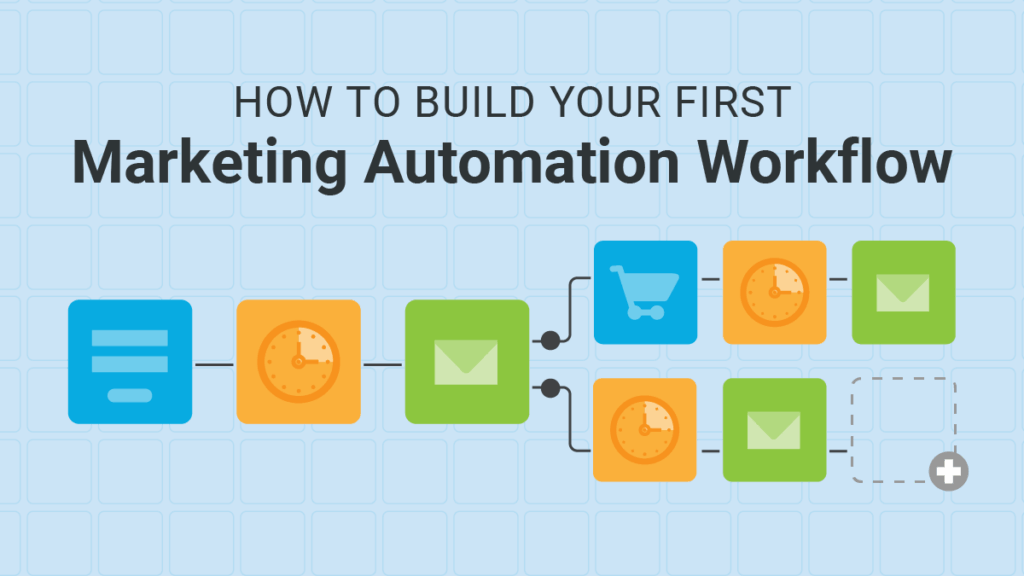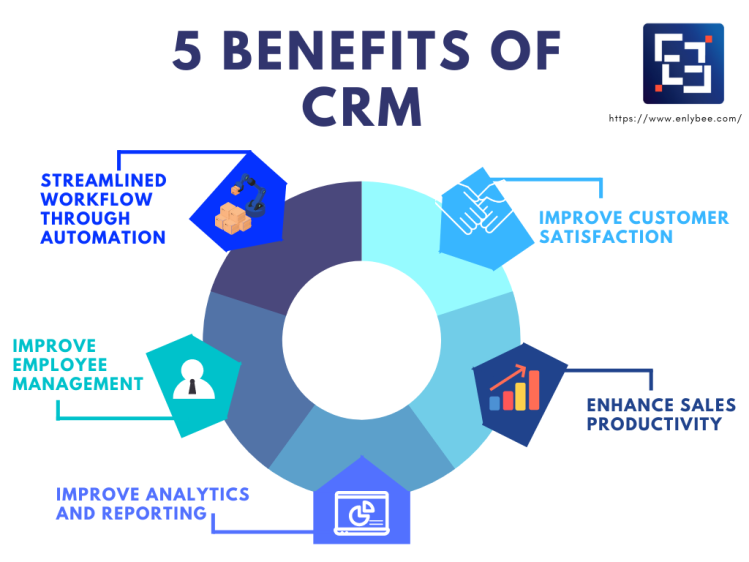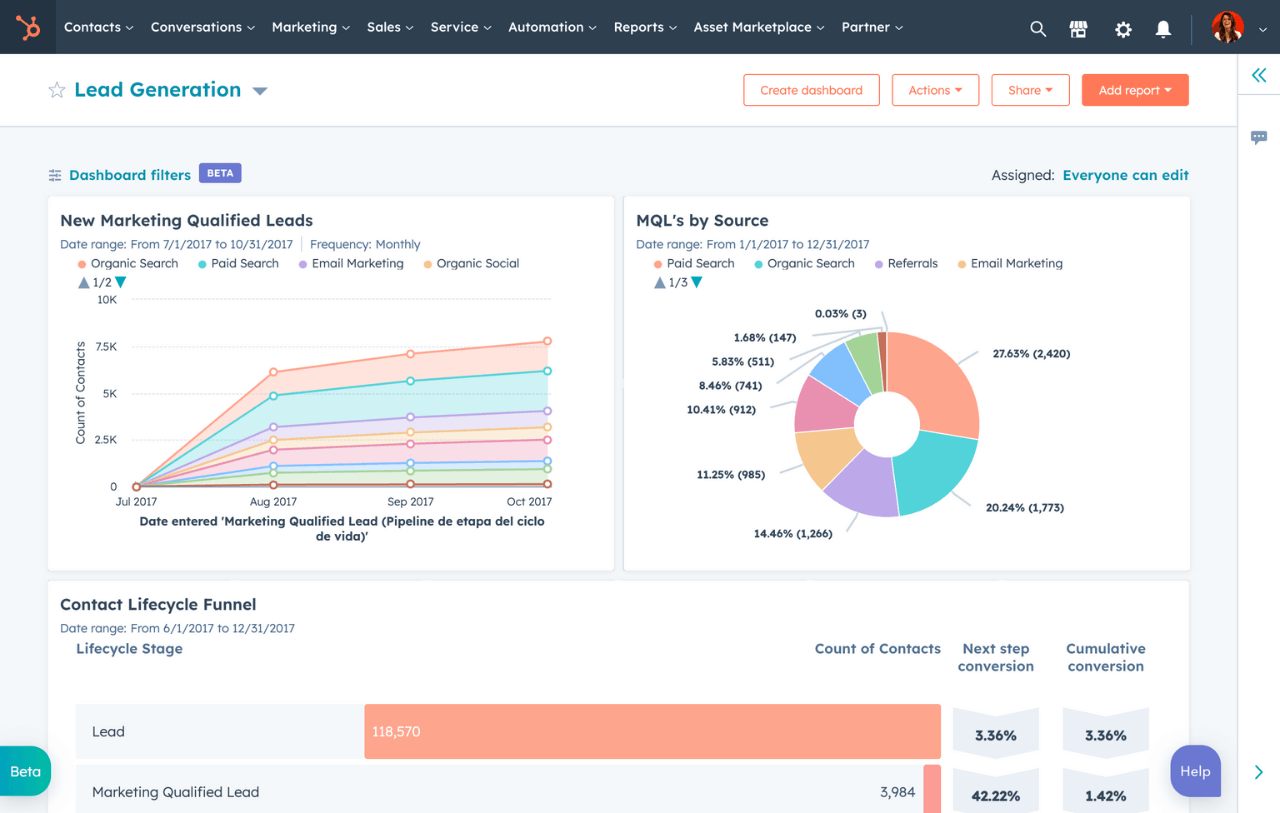
Mastering CRM Marketing Workflows: A Comprehensive Guide to Automation, Optimization, and Success
In today’s fast-paced digital landscape, the ability to effectively manage and nurture customer relationships is paramount. This is where Customer Relationship Management (CRM) systems come into play. But a CRM is more than just a database; it’s a powerful tool that, when utilized correctly, can revolutionize your marketing efforts. Central to harnessing the full potential of a CRM is understanding and implementing efficient CRM marketing workflows. This comprehensive guide will delve deep into the world of CRM marketing workflows, providing you with the knowledge and strategies you need to automate, optimize, and ultimately, achieve marketing success.
What are CRM Marketing Workflows?
At its core, a CRM marketing workflow is a series of automated actions triggered by specific customer behaviors or predefined conditions. Think of it as a roadmap that guides your interactions with customers throughout their journey, from initial contact to post-purchase engagement. These workflows are designed to streamline your marketing processes, save time, and ensure consistent, personalized communication.
Essentially, CRM marketing workflows help you:
- Automate repetitive tasks: Free up your team to focus on more strategic initiatives.
- Personalize customer experiences: Deliver targeted messages based on individual customer preferences and behaviors.
- Improve lead nurturing: Guide leads through the sales funnel with relevant content and timely follow-ups.
- Increase customer engagement: Keep customers informed and engaged with your brand.
- Boost sales and revenue: Drive conversions and maximize your return on investment (ROI).
Key Components of a CRM Marketing Workflow
Understanding the fundamental components of a CRM marketing workflow is crucial for building effective campaigns. Here are the key elements:
1. Triggers
Triggers are the events or conditions that initiate a workflow. They can be based on various factors, such as:
- Customer behavior: Website visits, form submissions, email opens, clicks on links, purchase history, etc.
- Customer demographics: Location, age, gender, job title, etc.
- Lead scoring: Based on the level of engagement and interest.
- Time-based events: Birthdays, anniversaries, or specific dates.
2. Actions
Actions are the tasks that are executed when a trigger is activated. These can include:
- Sending emails: Welcome emails, newsletters, promotional offers, follow-up emails, etc.
- Updating customer data: Adding tags, changing statuses, assigning leads, etc.
- Creating tasks: Assigning tasks to sales representatives or customer service agents.
- Sending SMS messages: For appointment reminders, special offers, or important updates.
- Adding or removing customers from lists: Segmenting customers based on their behavior or preferences.
3. Conditions
Conditions allow you to add logic to your workflows, ensuring that actions are only performed under specific circumstances. This enables you to create highly targeted and personalized campaigns. Examples of conditions include:
- Checking customer demographics: Targeting specific customer segments based on their characteristics.
- Analyzing purchase history: Sending targeted offers based on past purchases.
- Evaluating lead scores: Nurturing leads based on their level of engagement.
4. Delays
Delays allow you to schedule actions to be performed at a specific time or after a certain period. This is particularly useful for:
- Sending follow-up emails: Following up with customers after a specific timeframe.
- Dripping content: Delivering a series of emails over time to nurture leads.
- Reminding customers of abandoned carts: Encouraging customers to complete their purchase.
Building Effective CRM Marketing Workflows: A Step-by-Step Guide
Now that you understand the key components, let’s walk through the process of building effective CRM marketing workflows:
Step 1: Define Your Goals and Objectives
Before you start building any workflows, it’s essential to define your goals and objectives. What do you want to achieve with your marketing automation efforts? Are you trying to generate more leads, increase sales, improve customer retention, or all of the above? Having clear goals will help you design workflows that align with your overall marketing strategy.
Step 2: Identify Your Target Audience
Who are you trying to reach with your workflows? Understanding your target audience is crucial for creating personalized and relevant campaigns. Consider factors such as demographics, interests, behaviors, and purchase history. Segmenting your audience allows you to tailor your messaging and deliver a more engaging experience.
Step 3: Choose Your Triggers
What events or conditions will initiate your workflows? Select triggers that align with your goals and target audience. Examples include form submissions, website visits, email opens, or purchase history. The more specific your triggers, the more targeted your campaigns will be.
Step 4: Design Your Actions
What actions will be performed when a trigger is activated? Determine the specific steps you want to take, such as sending emails, updating customer data, or creating tasks. Make sure your actions align with your overall marketing strategy and provide value to your customers.
Step 5: Set Up Conditions (if needed)
Do you need to add any logic to your workflows? Conditions allow you to segment your audience and tailor your messaging based on specific criteria. This ensures that your campaigns are highly targeted and relevant.
Step 6: Implement Delays (if needed)
Do you want to schedule any actions to be performed at a specific time or after a certain period? Delays are useful for sending follow-up emails, dripping content, or reminding customers of abandoned carts.
Step 7: Test and Refine Your Workflows
Before launching your workflows, it’s essential to test them thoroughly. Make sure that all triggers, actions, and conditions are working as expected. Once your workflows are live, monitor their performance and make adjustments as needed. Continuously optimize your workflows based on data and feedback.
Top CRM Marketing Workflow Examples
To help you get started, here are some examples of effective CRM marketing workflows:
1. Welcome Email Workflow
Trigger: New contact signs up for your email list.
Action: Send a welcome email with a special offer, introduction to your brand, and links to your most valuable content.
Benefit: Instantly engages new subscribers, provides a positive first impression, and sets the stage for future communication.
2. Lead Nurturing Workflow
Trigger: A lead downloads a valuable piece of content (e.g., ebook, whitepaper).
Action: Send a series of emails over time, providing relevant content, addressing their pain points, and guiding them towards a purchase. Include links to your product pages and case studies.
Benefit: Nurtures leads through the sales funnel, builds trust, and increases the likelihood of conversion.
3. Abandoned Cart Workflow
Trigger: A customer adds items to their cart but doesn’t complete the purchase.
Action: Send a series of emails, reminding them of the items in their cart, offering a discount (optional), and providing a link to complete their purchase.
Benefit: Recovers lost sales, increases conversion rates, and provides a better customer experience.
4. Customer Onboarding Workflow
Trigger: A new customer makes a purchase.
Action: Send a series of emails welcoming them, providing instructions on how to use your product or service, and offering helpful resources.
Benefit: Improves customer satisfaction, reduces churn, and encourages repeat purchases.
5. Customer Win-back Workflow
Trigger: A customer hasn’t made a purchase in a certain amount of time.
Action: Send an email offering a special discount or promotion to re-engage the customer and encourage them to make another purchase.
Benefit: Retains existing customers, reduces churn, and drives revenue.
6. Post-Purchase Follow-up Workflow
Trigger: A customer completes a purchase.
Action: Send a thank-you email, request a product review, offer related products, or provide customer support information.
Benefit: Builds customer loyalty, encourages repeat purchases, and gathers valuable feedback.
Best Practices for CRM Marketing Workflows
To maximize the effectiveness of your CRM marketing workflows, consider these best practices:
1. Personalize Your Messaging
Use customer data to personalize your emails and other communications. Address customers by name, tailor your content to their interests and behaviors, and offer relevant products or services. Personalization increases engagement and improves conversion rates.
2. Segment Your Audience
Divide your audience into specific segments based on demographics, interests, behaviors, and purchase history. This allows you to create highly targeted campaigns that resonate with each segment. Segmenting your audience ensures that you’re delivering the right message to the right people at the right time.
3. Optimize Your Email Design
Use a clean and professional email design that is easy to read and navigate. Include a clear call-to-action (CTA) that encourages customers to take the desired action. Make sure your emails are mobile-friendly, as a significant portion of your audience will be viewing them on their smartphones.
4. Use A/B Testing
Test different variations of your emails and workflows to determine what works best. A/B testing involves sending different versions of an email to a portion of your audience and comparing their performance. This allows you to optimize your campaigns and improve your results.
5. Monitor Your Results and Make Adjustments
Track the performance of your workflows, including open rates, click-through rates, conversion rates, and revenue generated. Analyze your data and make adjustments as needed. Continuously optimize your workflows based on data and feedback to improve their effectiveness.
6. Keep it Concise and Clear
Get to the point quickly in your messaging. Customers are busy and don’t have time to read long, rambling emails. Use clear and concise language, and focus on the key benefits of your product or service.
7. Provide Value
Always provide value to your customers. Offer helpful content, exclusive deals, and personalized recommendations. By providing value, you build trust and encourage customers to engage with your brand.
8. Respect Customer Preferences
Give customers the option to unsubscribe from your emails at any time. Respect their preferences and avoid sending them unwanted messages. This helps maintain a positive relationship with your customers and protects your brand reputation.
Choosing the Right CRM for Your Marketing Workflows
Selecting the right CRM is crucial for building and managing effective marketing workflows. Here are some factors to consider:
1. Features and Functionality
Does the CRM offer the features and functionality you need to build and manage your workflows? Look for features such as automation, segmentation, email marketing, lead scoring, and reporting. Make sure the CRM integrates with your other marketing tools and systems.
2. Ease of Use
Is the CRM easy to use and navigate? Choose a CRM that has a user-friendly interface and intuitive features. This will save you time and effort in the long run.
3. Scalability
Can the CRM scale with your business? As your business grows, you’ll need a CRM that can handle increasing amounts of data and traffic. Choose a CRM that can accommodate your future needs.
4. Integration
Does the CRM integrate with your other marketing tools and systems? Integration is crucial for streamlining your marketing processes and ensuring that all your data is synchronized. Look for a CRM that integrates with your email marketing platform, social media channels, and other relevant tools.
5. Cost
What is the cost of the CRM? Consider your budget and choose a CRM that offers the features you need at a price you can afford. Be sure to compare pricing plans and evaluate the value you’ll receive for your investment.
6. Customer Support
Does the CRM provide good customer support? Choose a CRM that offers reliable customer support, including documentation, tutorials, and live chat or phone support. This will help you resolve any issues you may encounter.
Popular CRM Platforms for Marketing Automation
Here are some popular CRM platforms that are well-suited for marketing automation:
- HubSpot CRM: A comprehensive CRM platform with powerful marketing automation features, a user-friendly interface, and a free plan.
- Salesforce: A leading CRM platform with a wide range of features and integrations, suitable for businesses of all sizes.
- Zoho CRM: A versatile CRM platform with affordable pricing plans and a strong focus on automation.
- ActiveCampaign: An email marketing and marketing automation platform with a robust CRM component.
- Pipedrive: A sales-focused CRM with a visual interface and a strong emphasis on pipeline management.
The Future of CRM Marketing Workflows
The field of CRM marketing is constantly evolving, and new technologies and trends are emerging. Here are some of the key trends to watch:
1. Artificial Intelligence (AI)
AI is being used to automate more complex tasks, personalize customer experiences, and improve lead scoring. AI-powered CRM systems can analyze customer data to identify patterns and predict future behavior, enabling marketers to create even more targeted and effective campaigns.
2. Hyper-Personalization
Customers expect personalized experiences, and marketers are using data to deliver highly targeted messages and offers. Hyper-personalization involves tailoring content, products, and services to individual customer preferences and behaviors.
3. Omnichannel Marketing
Customers interact with brands across multiple channels, including email, social media, SMS, and website. Omnichannel marketing involves creating a seamless customer experience across all channels. CRM systems play a crucial role in managing omnichannel campaigns and providing a unified view of the customer.
4. Marketing Automation for Small Businesses
Marketing automation is becoming more accessible to small businesses. Affordable CRM platforms and user-friendly automation tools are making it easier for small businesses to automate their marketing efforts and compete with larger companies.
5. Focus on Customer Experience
Customer experience is becoming a key differentiator. CRM systems are used to create positive customer experiences that build loyalty and drive repeat business. Marketers are focusing on providing exceptional customer service and building long-term relationships.
Conclusion: Embracing the Power of CRM Marketing Workflows
CRM marketing workflows are an essential tool for modern marketers. By automating repetitive tasks, personalizing customer experiences, and optimizing your marketing processes, you can significantly improve your results. By following the steps outlined in this guide and staying up-to-date on the latest trends, you can harness the power of CRM marketing workflows to drive sales, build customer loyalty, and achieve marketing success. Don’t delay; begin implementing CRM marketing workflows today to elevate your marketing efforts and propel your business forward.


